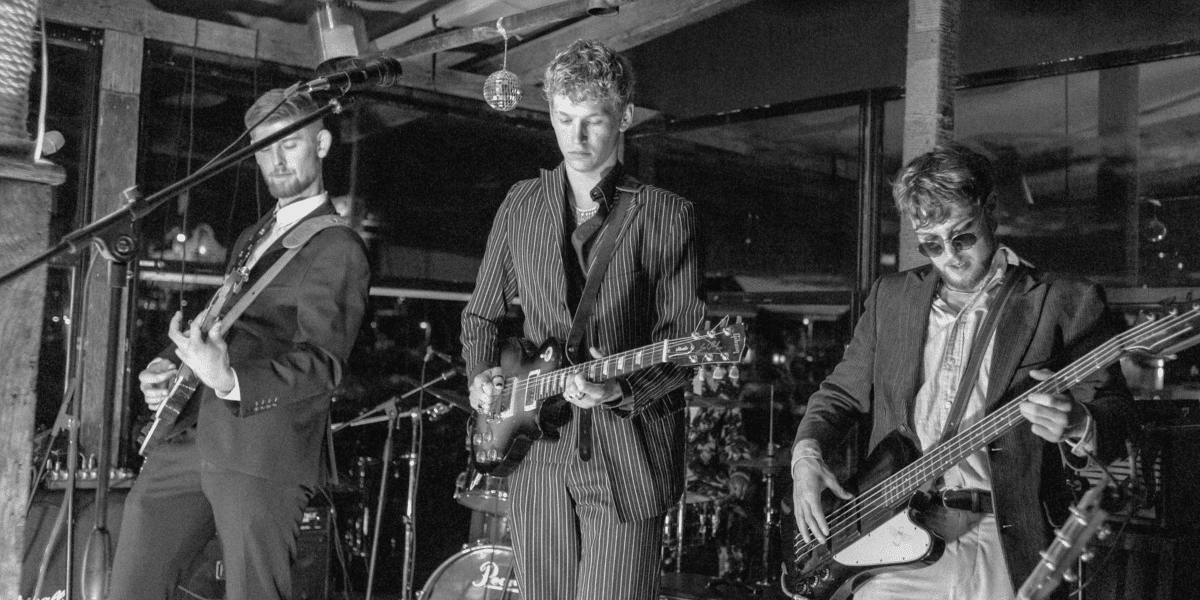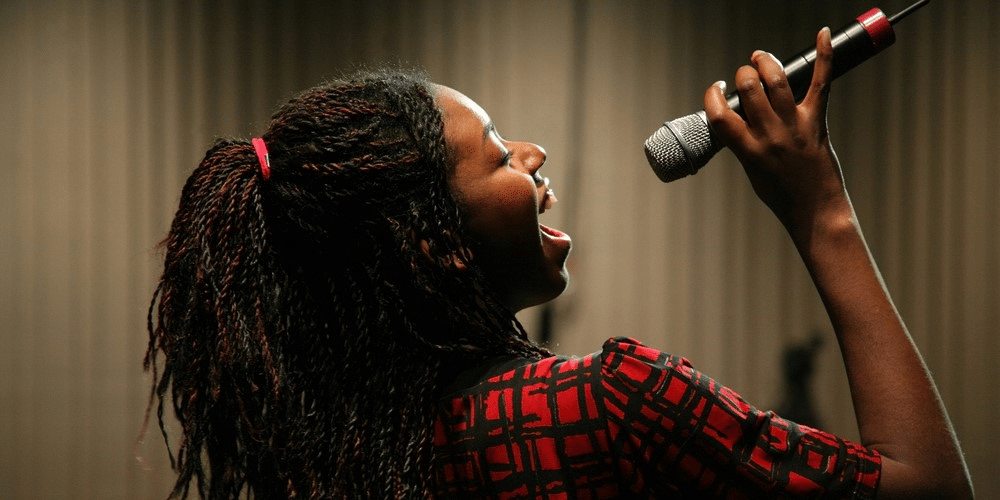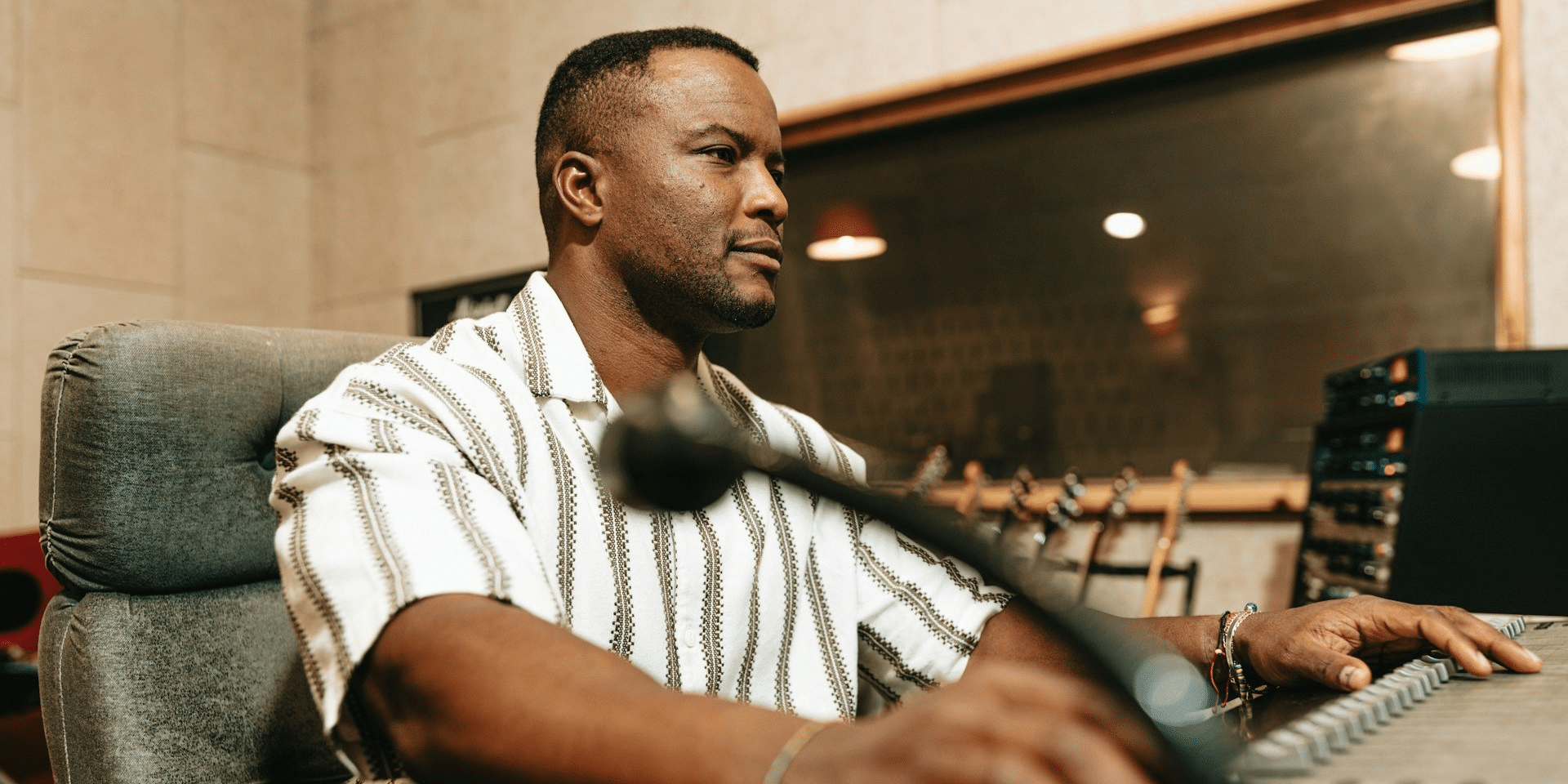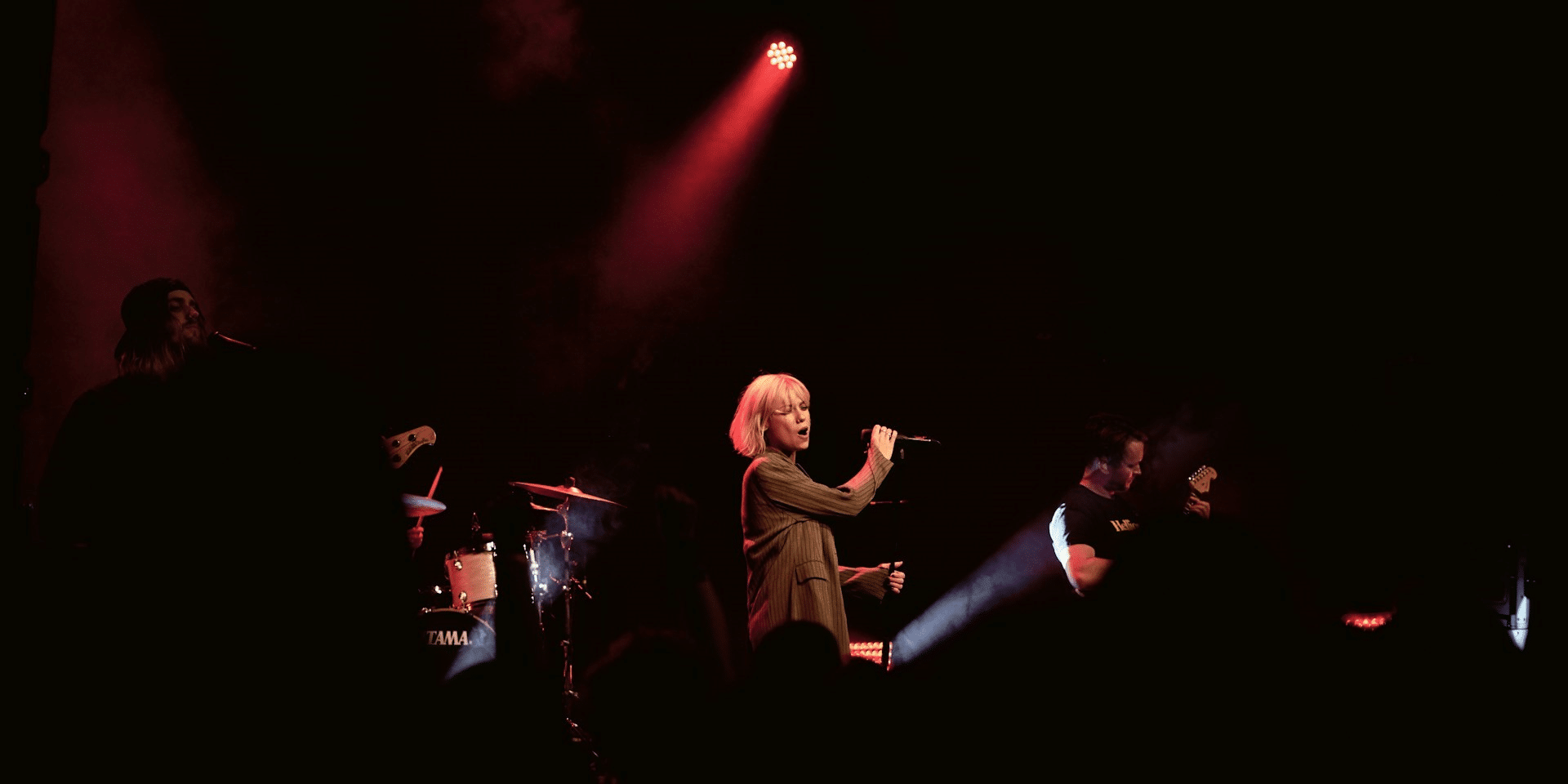By: Gabriel Rodriguez
Contemporary Christian music continues to grow by blending diverse genres to create powerful worship experiences. Combining elements of rock, folk, gospel, and even electronic music, it offers a fresh and engaging way to connect with faith. Today’s Christian artists are pioneering this creative approach, fusing modern sounds with timeless messages.
These songs resonate with a broad audience by blending genres, making worship moments meaningful and relatable. Christian contemporary artist David Crowder, explores how this evolving style of worship music reflects a deep desire to connect spiritual truths with modern culture in ways that feel authentic and inspiring.
Understanding Contemporary Christian Music
Contemporary Christian music has transformed worship by blending modern sounds with timeless spiritual themes. This genre connects faith with current musical trends, making it more accessible to today’s audience. Its origins and defining features are foundational to its lasting impact.
The roots of contemporary Christian music date back to the 1960s and 70s during the “Jesus Movement” in the United States. Young people sought to merge their faith with cultural shifts, using music as a bridge. Influenced by rock and folk, early artists created faith-based songs that resonated with contemporary tastes. Bands and musicians like Love Song and Larry Norman led this movement, integrating Christian themes with popular music.
Over the following decades, the genre grew. In the 1980s and 90s, artists like Amy Grant and Michael W. Smith brought contemporary Christian music into the mainstream, showing how worship music could succeed in both churches and commercial markets. Today, artists like David Crowder continue to expand the genre, blending bluegrass, electronic, and pop into worship music and adapting to cultural changes.
The genre’s mix of styles and themes sets it apart. Modern structures draw from pop, rock, and EDM, creating a polished, radio-friendly sound. This broad appeal reaches beyond traditional church settings, engaging a wider audience.
“Lyrics are a central focus, says David Crowder. “I’m often exploring personal faith and real-life challenges together through song. Unlike traditional hymns that emphasize the theological components of faith, contemporary Christian music is leaning into the key themes of redemption, hope, and transformation, creating an emotional connection with listeners.”
Artists experiment with various influences, creating different sounds within their work. Crowder’s blend of folk and electronic elements demonstrates how contemporary Christian music continues to push creative boundaries while preserving its faith-based message.
Genre Blending in Worship Music
The fusion of musical styles has become a defining feature of today’s Christian music, enriching worship and challenging preconceived notions about Christian music. Blending genres in worship music creates dynamic sounds that resonate with diverse audiences. Worship music now incorporates a range of influences, making it fresh and personal.
Mainstream genres shape the sound and appeal of contemporary worship. Rock adds energy and intensity, infusing worship anthems with powerful guitar riffs. Pop music contributes catchy melodies and polished production, enhancing accessibility and engagement.
Hip-hop has introduced rhythm and spoken-word elements, merging faith-based messages with modern beats. With its raw instrumentation and storytelling, folk music provides an intimate touch, blending old and new for a grounded yet innovative experience.
Integrating different musical styles pushes the creative boundaries of worship. Artists communicate faith in relevant and dynamic ways, keeping worship alive and fresh. Genre blending reflects how faith intersects with culture, enhancing the worship experience while maintaining its core message.
Challenges of Blending Genres in Contemporary Christian Music
Blending genres in worship music introduce fresh expressions but presents challenges related to creativity and deeper cultural or spiritual aspects. While style fusion can enrich worship, it requires careful navigation to preserve the music’s core purpose.
Theological clarity can sometimes pose a challenge. Worship music should uplift hearts toward God and convey biblical truths. Merging styles like electronic, folk, or hip-hop with Christian themes may shift focus away from the spiritual message. Complex arrangements or heavy production may overshadow lyrics, diminishing their prominence.
This challenge is especially evident in genres influenced by secular culture. Hip-hop’s energy must align with biblical values without adopting secular themes. Music should support, not compete with, the depth of the lyrics.
Crowder notes, “Blending genres in worship music may blur the line between worship and entertainment, but when we frame the music itself as it should be – as divinely inspired and used as a vehicle to spread the gospel, these arguments against incorporating other genres are weakened amidst the true purpose of the music.”
Audience responses to genre-blended worship vary. Preferences reflect cultural, generational, and denominational differences, creating a spectrum of acceptance that may unify or divide communities. Older congregants may struggle to connect with modern genres, while younger listeners find these styles relatable and engaging.
Balancing preferences is challenging. Worship services aim to unify believers, but genre blending can sometimes divide audiences. Churches need to consider congregational tastes and spiritual needs. The gradual introduction of new styles may create smoother transitions and foster inclusivity.
The Future of Worship Music
The future of worship music reflects a shift toward innovation while preserving its spiritual essence. Integrating new styles and tools, artists are redefining faith expression through music. This evolution appeals to varied audiences and challenges creators to remain focused on the core message of worship.
Fusion of unconventional styles is on the rise. While rock and folk have shaped worship for some time, newer trends continue to push traditional boundaries. R&B and soul introduce rich melodies and smoother vocals, creating deeper emotional connections. Electronic music contributes synthesizers, loops, and layered soundscapes to provide a cinematic experience that enhances personal and congregational worship.
Genre blending challenges traditional norms, creating songs that resonate across generations and backgrounds. This diversity makes worship music accessible to those unfamiliar with faith-based songs and transforms it into a path for spiritual discovery.
Technology plays a key role in shaping contemporary Christian music. Digital audio workstations (DAWs) allow artists to blend acoustic instruments with electronic beats seamlessly, balancing modern and traditional elements.
Streaming platforms expand worship music’s reach, allowing listeners to find genre-blended songs more easily. Playlists mixing folk, electronic, and gospel sounds broaden the impact. Social media adds another dimension.
“For better or worse, social media has changed the game. As artists, we can share our creative processes and live performances, building personal connections and encouraging engagement,” says Crowder.
Platforms like YouTube and TikTok offer shareable formats that fit busy lifestyles, making worship music more accessible while conveying its message. Church technology has adapted as well. Multi-site worship and live-streamed services extend genre-blended worship music’s influence beyond physical congregations.
As technology evolves, worship music will continue to adapt. Creators must balance advancements with their purpose, using them to enhance worship without overshadowing it. Genre blending bridges tradition and modernity, allowing faith-based artists to reach diverse audiences and keep spiritual messages relevant. This fusion enriches the worship experience and reflects the diversity of the global church.
Published by Anne C.

















